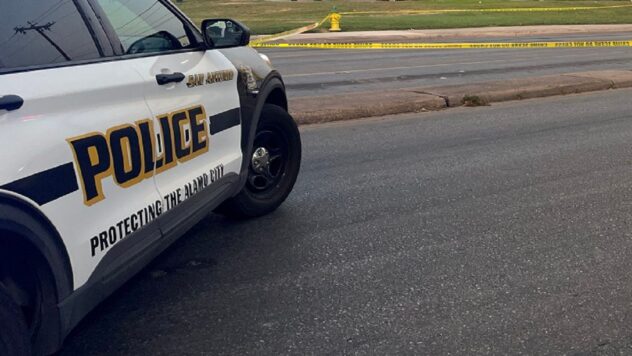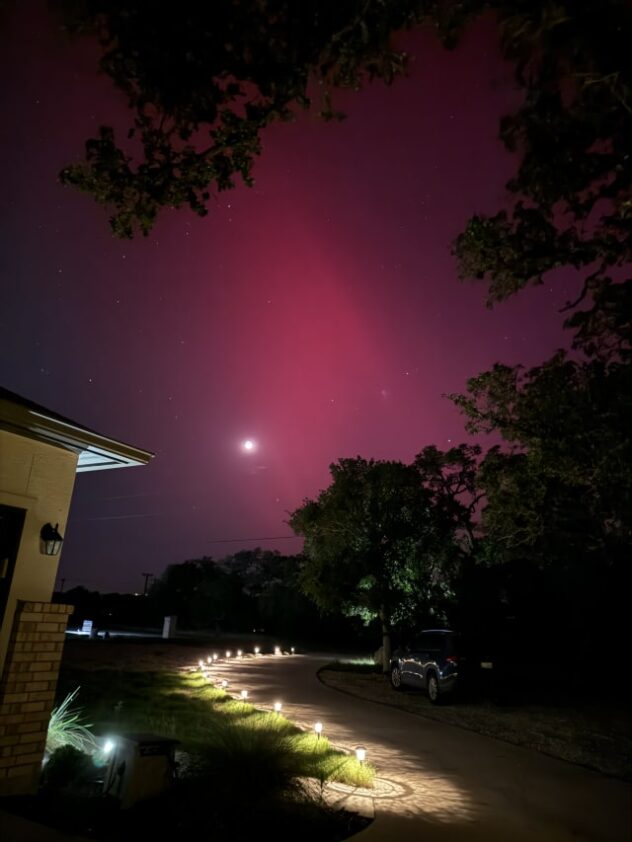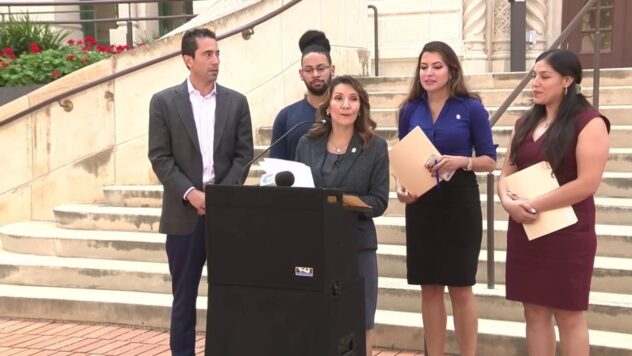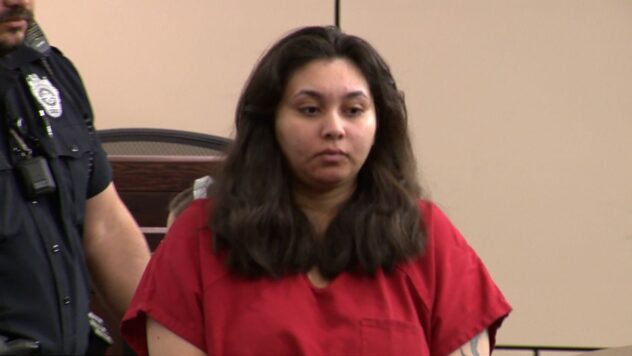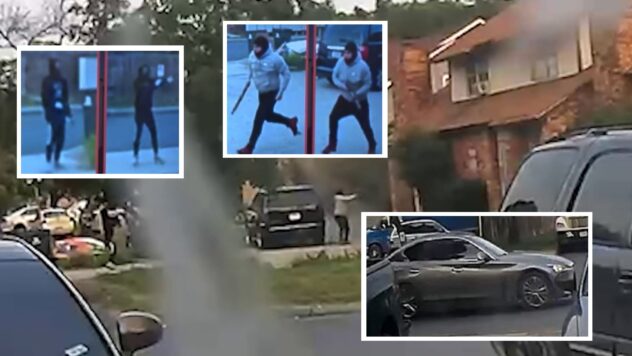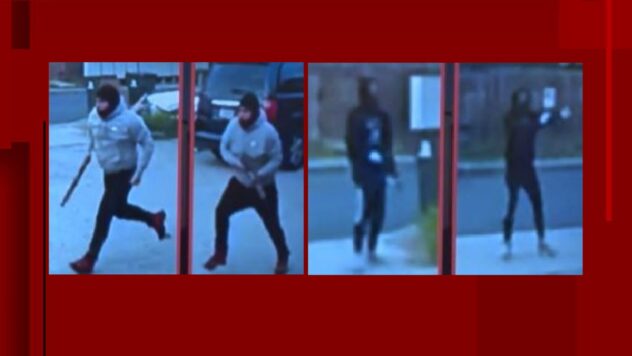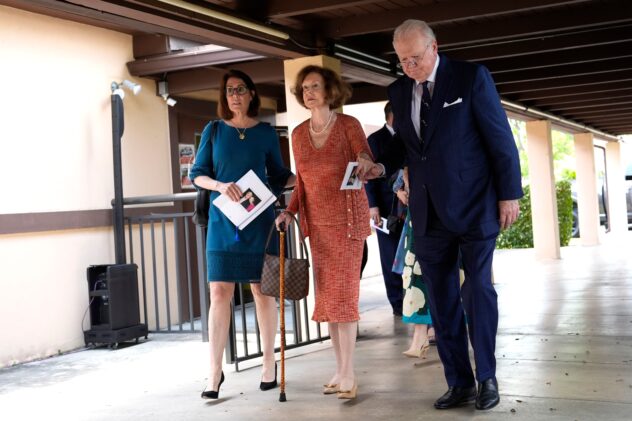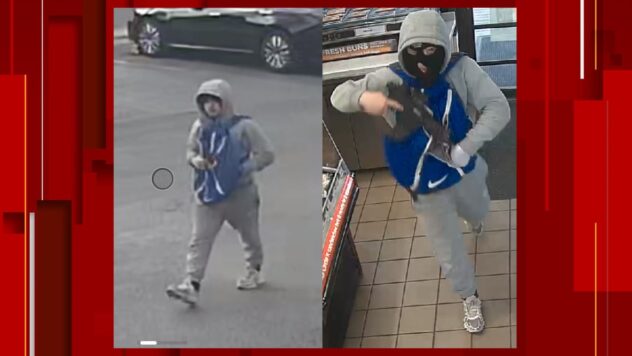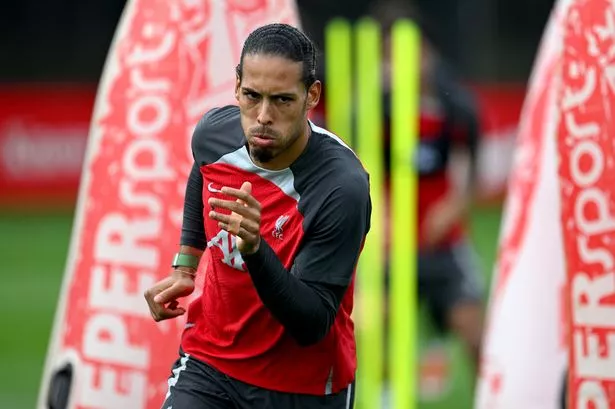4 takeaways from San Antonio’s COVID positivity rate conference

San Antonio and Bexar County officials held a press conference Wednesday afternoon to discuss the jump in the COVID-19 positivity rate.
The city’s positivity rate skyrocketed to 11.2 percent this week – a 5.4 percent higher than the previous week, according to data from the City of San Antonio.
It was a throwback to the daily coronavirus briefings of the past with Mayor Ron Nirenberg joined by County Judge Nelson Wolff, Metropolitan Health District Director Claude Jacob, as well as other city and University Hospital staff to talk to urge residents to get the COVID-19 vaccine – a push aimed particularly at one age group.
Here are four things to take away from conference.
Compared to the last time San Antonio reached 11 percent, it’s not as high
Nirenberg says last week 8,673 people were tested and 971 people were positive. The seven-day rolling average is now 126. The highly contagious Delta variant of the coronavirus has been driving the renewed momentum of the spread, he added.
“The increase in COVID-19 cases is a reminder that after 230,623 known COVID-19 patients and 3,578 deaths in our community, the virus isn’t finished with us,” Nirenberg says.
The last time San Antonio was at 11 percent was in January 2021 when 6,000 people tested positive in a week, per Nirenberg. During the height of the pandemic, about 60,000 were getting tested per week compared to 10,000 per week this month, said Assistant City Manager Colleen Bridger.
There is a big difference between now and back then. Now more than 1 million people have been fully vaccinated — that’s 64 percent of the population — and 1.2 million, or 74 percent, have received one dose.
“Because of vaccinations, COVID-19 cases are milder and our hospitalization rate is much lower,” Nirenberg says.
An average of 155 COVID-19 patients were hospitalized last week compared to 1,411 patients six months ago today.
Still, Nirenberg says the upward trend is concerning, particularly for those who were unvaccinated. Wolff said 95 percent hospitalized COVID-19 patients are not vaccinated.
Vaccinations have slowed, and young people aren’t taking this kind of shot
COVID-19 remains deadly and the unvaccinated remain at risk of hospitalization. Earlier this year, the city was vaccinating 2,500 people a day at the Alamodome. Now, less than 200 people a day are receiving the vaccine.
Wolff says younger people, by and large, are choosing not to get the vaccine. He adds that only 29 percent of people between ages 15-19 are fully vaccinated in San Antonio, and that percentage only jumps slightly to 33 percent for people ages 20-29.
“Still, roughly giving, one-third or so of younger people are getting vaccinations, and we know that’s where the problem is,” Wolff says.
The vaccine is free and does not require health insurance, and Nirenberg says most clinics take walk-ins for the vaccine. If businesses with fewer than 500 employees allow workers to take paid time off to get the vaccine, they’re eligible for a tax credit through the American Rescue Plan.
He reminds people who have not received the vaccine — what he called “long haulers” — that they are susceptible to long-term digestive, respiratory and cognitive side effects if they recover from COVID-19.
Wolff says people who are not vaccinated put others at high risk, and also urges them to “get off of social media” to avoid misinformation and combat vaccine hesitancy.
“Get your shots. It’s free,” Wolff says. “You’re putting our community in jeopardy by not doing that. I wish you would show more respect to other people other than yourself.”
Unvaccinated kids in schools are at risk of contracting and spreading
With the vaccination rate among 15 to 19-year-olds being the lowest, kids at local schools are still at risk of contracting and spreading COVID-19.
Nirenberg says the city will continue to work with the health labs and pop-up clinics to makes sure that the school districts are aware of vaccination opportunities. Of course, Wolff says, parents must still give consent for children to receive the vaccine.
Dr. Junda Woo, chief medical officer, said school districts have been holding a lot of vaccine drives, but she hopes more children will become eligible for the vaccine in the fall.
She recommends that children who haven’t received the vaccine still wear masks and socially distance from each other at a recommended 3 feet. However, since Gov. Greg Abbott ended the mask mandate for schools in June, the city and state can only recommend those health measures.
Victor Castillo, 32, sets up Michelle Martinez, 36, who is donating blood on March 2020. The South Texas Blood and Tissue Center is still in need of blood donations. Especially Type-O.
Jerry Lara /Staff photographer
There is still a blood shortage in San Antonio
Nirenberg says San Antonio is still in need of blood. The South Texas Blood and Tissue Center reported that the blood supply dipped to critically low stocks in late 2020, as the coronavirus pandemic safety measures cut into blood drives.
That shortage continues, and Nirenberg urges community organizations and employers to host a mobile blood rive to help increase the city’s blood supply.
“Please go give blood because there is an incredible shortage of blood supply, particularly for use in trauma, but also those elective surgeries that might have to be deferred because of blood.

